Pablo Picasso’s The Bull is a series of eleven lithographs created in 1945. It depicts the bull at various stages of abstraction, starting with a fairly realistic depiction and ending with nothing but a few lines.

The first lithograph in the series appears light and spontaneous, as if it were quickly sketched with a brush and ink. The features are fairly accurate and there is some rendering of shadows.

The bull then starts to transform into more of a mythical beast, with exaggerated horns and a robust appearance. The shadows are also dark and imposing.

By around half-way through the series, the bull starts to take on a more typical Picasso appearance, with abstract shapes and stylized features.

Picasso continues to simplify the form, straightening out the lines and flattening the planes.

The final lithograph is nothing but a simple line drawing to depict the bull.

Key Takeaway
Learning how to take complex subjects and simplify them down to abstract forms is a major aspect of art. Most people think that art is all about seeing more detail, but it is really about seeing less. Seeing basic patterns amongst the “noise”; seeing basic forms amongst the complex; seeing the few important details which convey the majority of meaning.
Picasso took it a step further by adding the mythical bull between the realistic and abstract depictions. This represents the exaggerated perception of the bull. Perception is what allows everyone to experience the world in a unique way and it is why art is so diverse.
Want to Learn More?
You might be interested in my Painting Academy course. I’ll walk you through the time-tested fundamentals of painting. It’s perfect for absolute beginner to intermediate painters.
Thanks for Reading!
I appreciate you taking the time to read this post and I hope you found it helpful. Feel free to share it with friends.
Happy painting!
Dan Scott
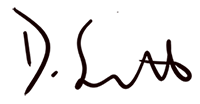
Draw Paint Academy

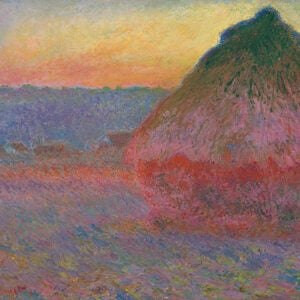
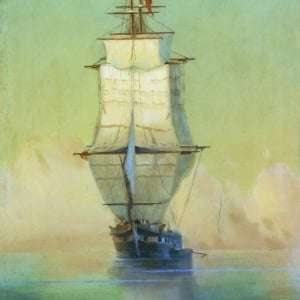
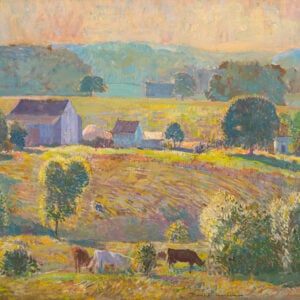
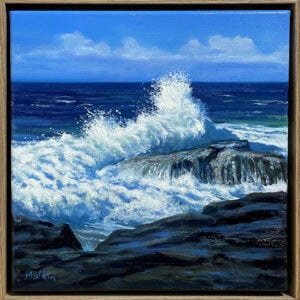
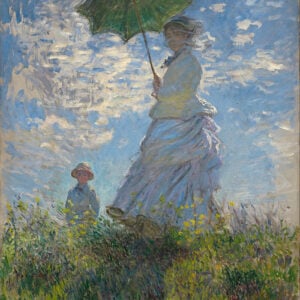
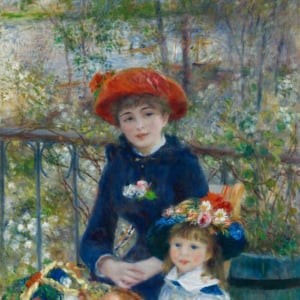
Thank you for the explanation of shapes and patterns amongst the ‘noise.’ I frequently forget that when I paint!
I love your signature, Picasso-like in its own way!
Hi Dan,
Thanks for the inspiring article!
Hi Dan, your lessons are superb, allow one to look at art in a whole different way and to experiment.
thankyou so much
Great narrative on a complex idea! I always love reading your posts. Thank you so much for your insight. It is amazing how this idea of seeing less to resolve a painting issue correlates to many of the ideas that are spinning around in our heads. For instance, we are faced with an issue. We see it for what it is. Then, our minds increase it into something more than it is when all that we need to do is simplify it until finally, it is just a few squiggles or simply a signature. Thank you for bringing this to light!
Thank you so much for this insite.
thanks for the comment brenda
Whats your phone number Brenda maybe we can get to know each other more
Thank you for this. I will now spend some time simplifying objects in stages, like Picasso did.
Excellent – thank you!
Editing to essence … uncluttered simplicity
Thank you for sharing
Oh, now I get it. Thanks so much
Your lessons. The essence. Appreciate!
Thank you, this is inspirational. I am a Fine Art Photographer and these ideas apply to many visual artists.
Hi Dan,
This can be a good ‘eye training’ exercise for me. Will try to use it. Thank you. j
Wow! Dan, you always amaze me with your artful explanation. This is the first time I know about Pablo Picasso’s bull.
Thank you
Great article. I always enjoy your posts.
Great stuff. I feel as I continue my painting journey that the abstract is drawing me more and more. Your insight and demonstration was so enlightening. Thank you.
Brillant, Dan!! Your presentations are so thought provoking.
I am at the beginning of my art journey and I often find it difficult to ignore the ‘noise’ in the things I am trying to paint or draw. Your article is really useful to me as it explains clearly how to do just that. Thank you so much.
Another great post! Thank you
Great lesson to show my young students.
Thank you for sharing.
thanks for the comment brenda